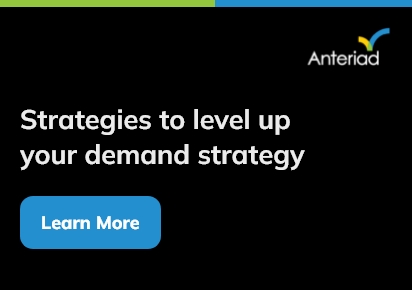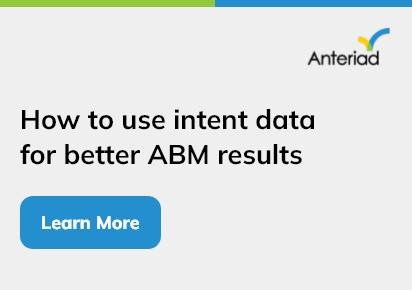Web performance is no longer just a technical issue—it’s a key ranking factor and a UX imperative. Since Google launched Core Web Vitals (CWV) in 2020, companies have been doing all they can to optimize for fast, stable, and interactive web experiences. But as we head into 2025, what’s new? And how do you remain ahead of the game?
Let’s get down to it.
ALSO READ: 8 Best Angular IDE and Tools of All Time to Use for Web Development
What Are Core Web Vitals?
Core Web Vitals are a group of measurements that track actual user experience across three primary categories.
- Largest Contentful Paint (LCP): Tracks the speed at which the main content loads. It should ideally occur within 2.5 seconds.
- First Input Delay (FID) → Interactivity Metric Changing in 2025!
- Cumulative Layout Shift (CLS): Tests visual stability. Low CLS (< 0.1) prevents sudden jumps of content.
Huge Change in 2025: FID is being replaced by a new metric, Interaction to Next Paint (INP). More on that below!
What’s Changing in Core Web Vitals for 2025?
1. First Input Delay (FID) is Being Replaced by Interaction to Next Paint (INP)
Google is retiring FID in favor of Interaction to Next Paint (INP) as a better measure of interactivity.
What’s INP?
- INP records the total time it takes for a user to interact—clicks, taps, and keyboard inputs—until the browser visually reacts
- An ideal INP score should be less than 200ms for seamless interactivity
Why It Matters: FID was only measuring the initial interaction, but INP records all user interactions, providing a more accurate representation of site responsiveness.
2. More Strict LCP Requirements for Mobile-First Optimization
- Google is encouraging sub-2-second LCP for mobile websites
- Lazy-loaded images & unoptimized JavaScript will hurt your LCP score
- Modern image formats (WebP, AVIF) and server-side rendering (SSR) will be a boon
How to Remain Ahead: Improve server response time, critical rendering path, and optimize above-the-fold content.
3. AI & Machine Learning Will Have an Increased Impact on Page Experience
- Google’s AI-powered ranking updates will render CWV more dynamic than ever
- Adaptive loading (loading alternative content depending on device and network speed) will be a norm best practice
How to Stay Ahead: Leverage AI-driven performance tools such as Google’s PageSpeed Insights, Cloudflare, and Lighthouse to obtain real-time feedback.
4. CLS Will Capture More Dynamic Content (Ads, Popups, Videos)
- Cumulative Layout Shift (CLS) will more accurately monitor sudden movement due to dynamic content such as popups, video embeds, and delayed-load ads
- Poor CLS may contribute to increased bounce rate and reduced conversion
How to Stay Ahead: Leverage CSS aspect ratios, good dimensions for ads/images, and keep space free for dynamic content.
How to Prepare & Stay Ahead in 2025
To keep your website optimized and ranking high, here’s what you need to do.
1. Optimize for INP Now
With INP replacing FID, focus on reducing input delays, optimizing JavaScript, and ensuring seamless user interactions.
- Keep JavaScript runtime short.
- Eliminate unnecessary third-party scripts holding back interaction.
- Enforce lazy loading for non-vital scripts.
2. Enhance LCP with Intelligent Image & Server Optimization
Speed up page load times with better image formats, efficient caching, and a fast server response.
- Use Next-gen formats (WebP, AVIF) in lieu of PNG/JPEG.
- Implement CDNs & caching for speedier content delivery.
- Optimize Critical Rendering Path as a high priority.
3. Minimize CLS using Smarter Layout Strategies
Prevent annoying layout shifts by defining element dimensions, reserving space for dynamic content, and improving page structure.
- Explicitly set images, ads & embed sizes.
- Prevent layout shifts due to dynamically injected content.
4. Leverage AI-Powered Web Performance Tools
Leverage AI-driven tools like Google Lighthouse and WebPageTest to stay ahead in web performance optimization.
- Google PageSpeed Insights & Lighthouse for immediate feedback.
- AI-powered tools like Cloudflare, NitroPack, and WebPageTest for automated optimizations.
Final Thoughts
The web is changing, and Google’s Core Web Vitals releases are a reflection of the move towards user-centric experiences. To stay ahead, always keep track, test, and optimize your site for speed, responsiveness, and stability.



